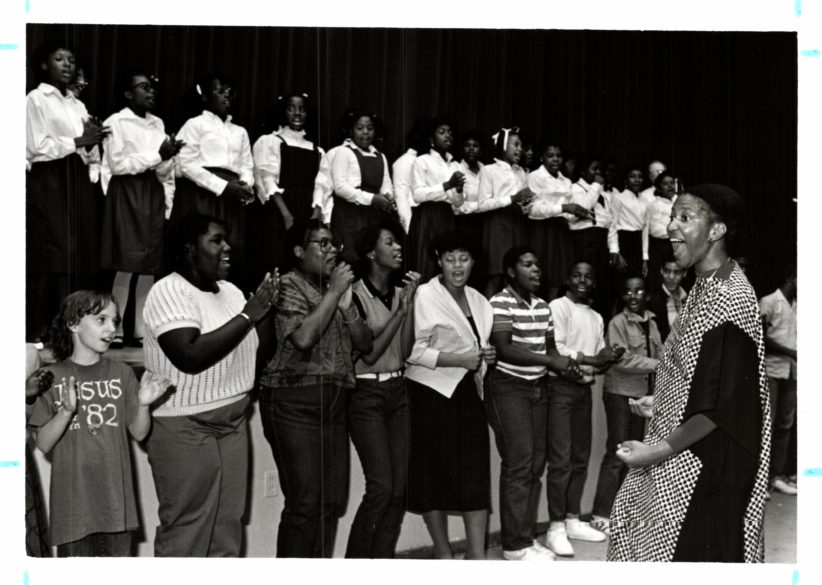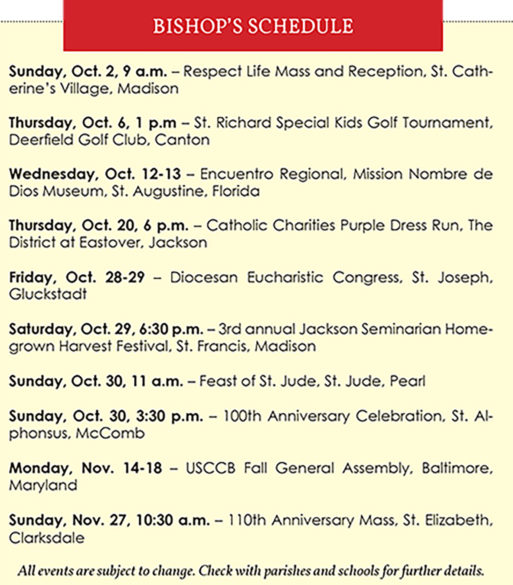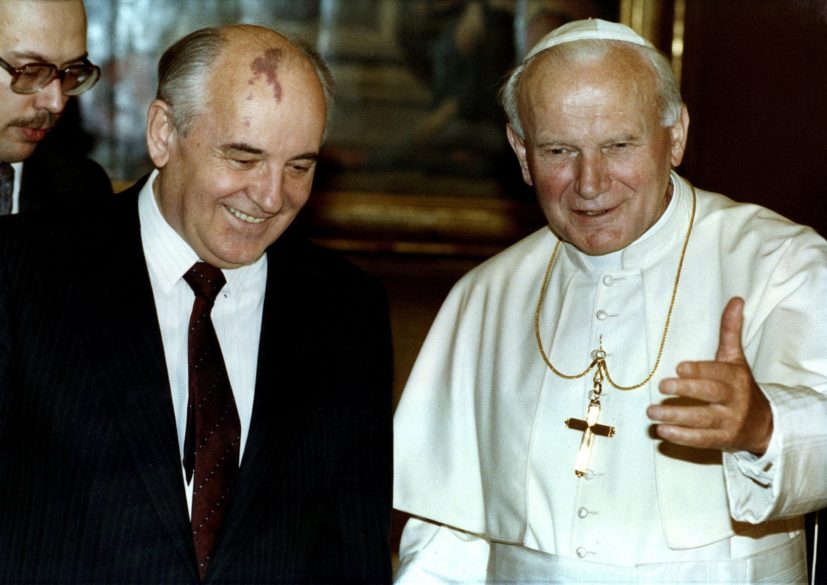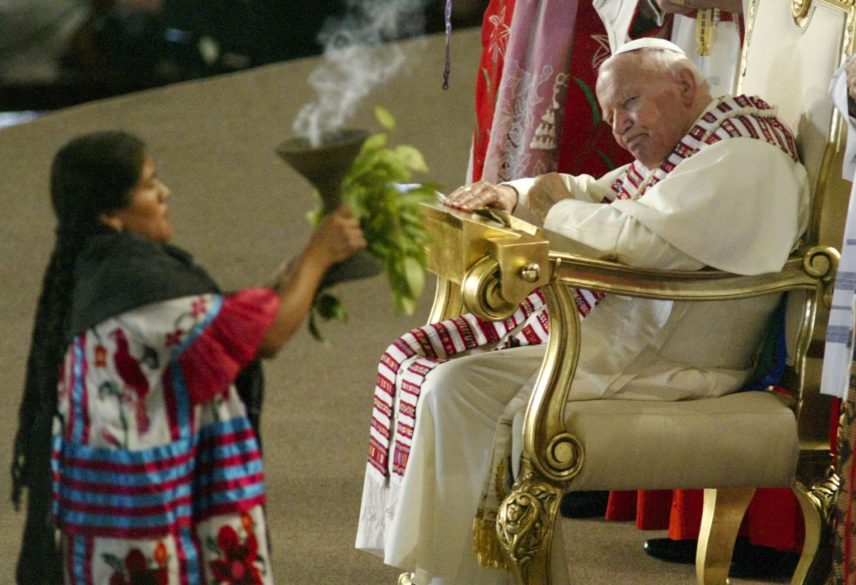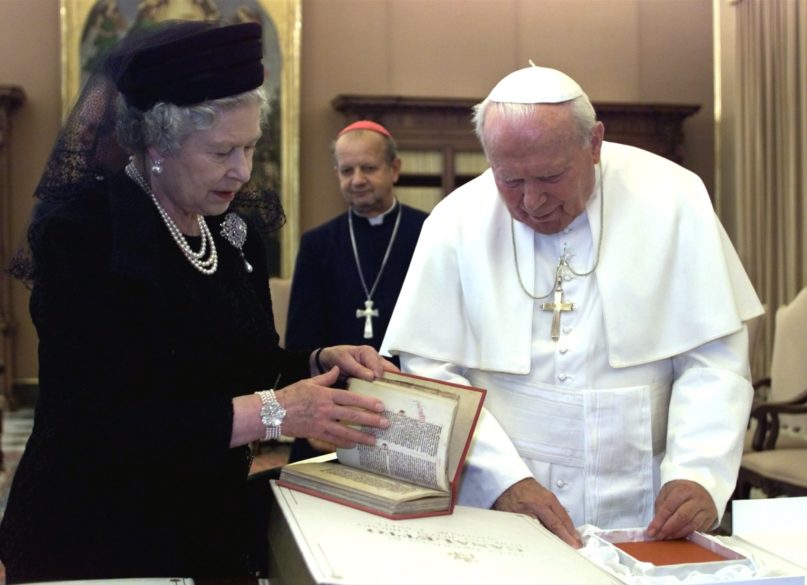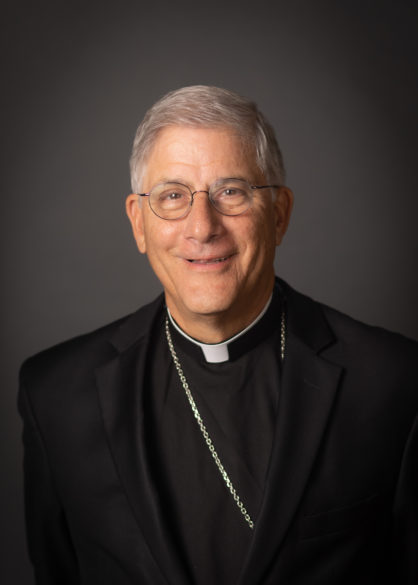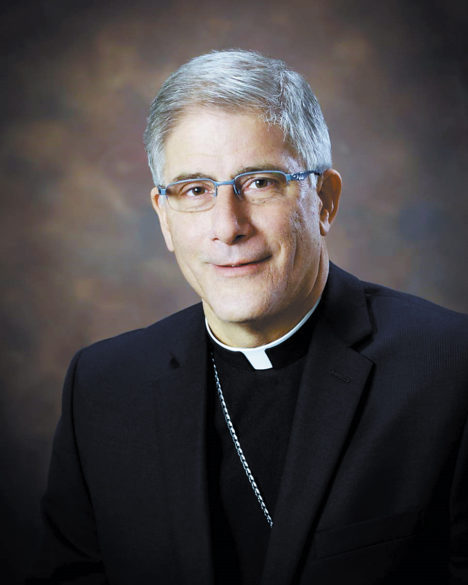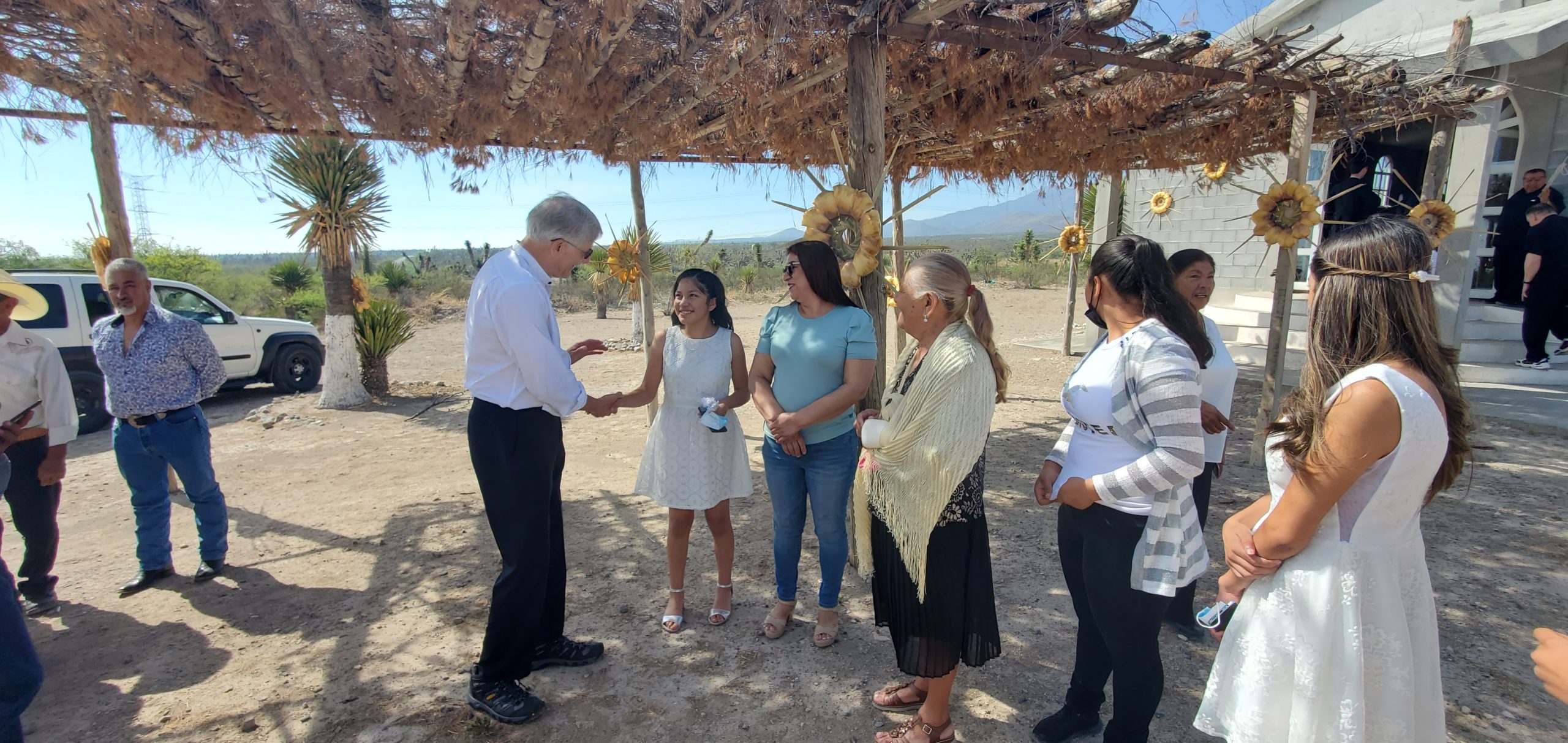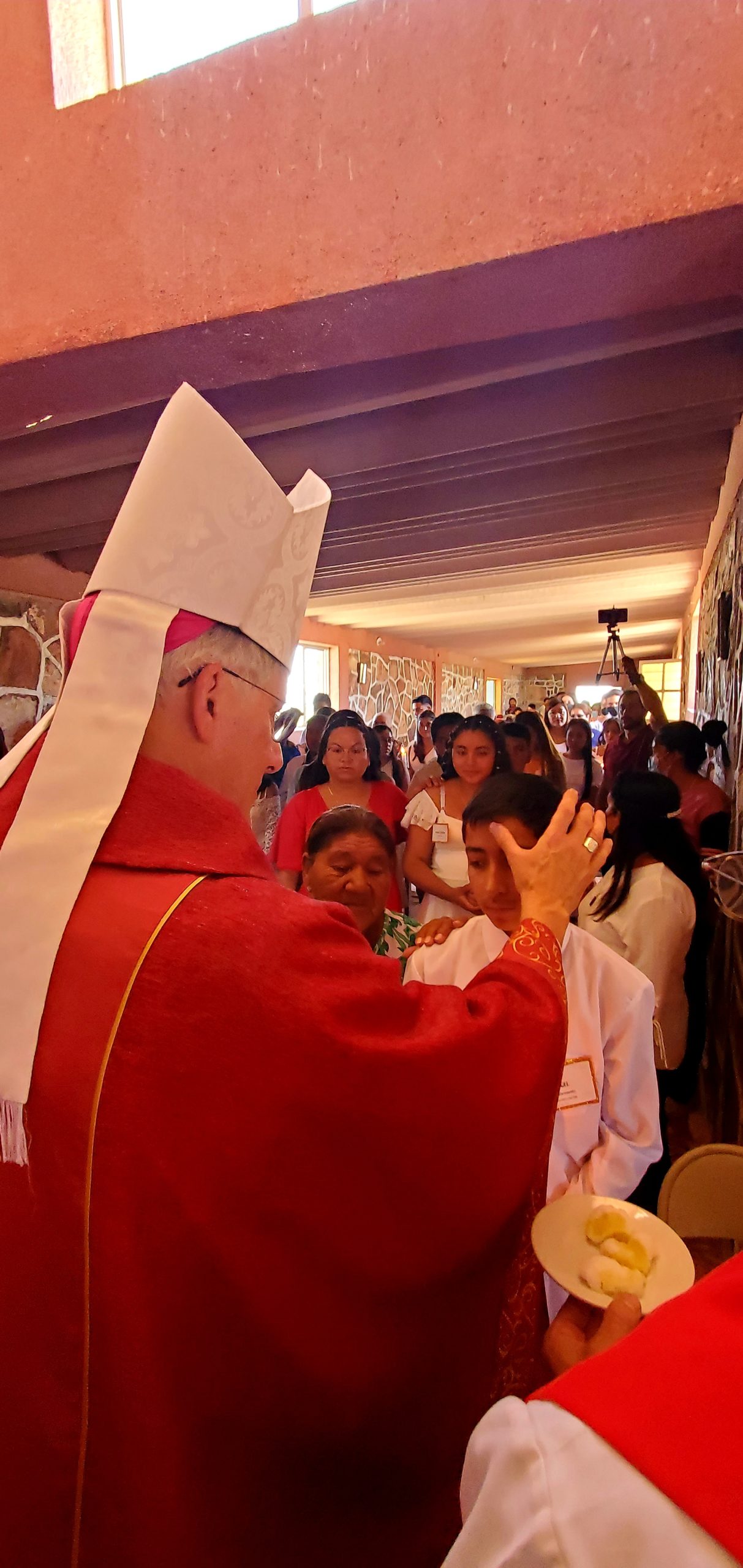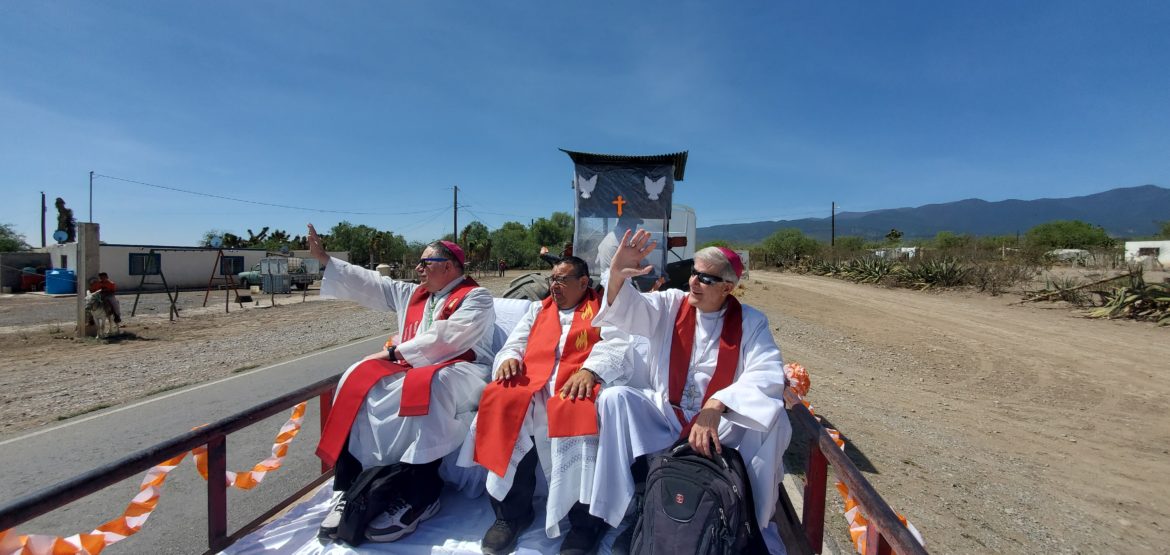Por Obispo Joseph R. Kopacz, D.D.
A principios de este mes, el 2 de octubre, se estrenó el documental “Going Home Like a Shooting Star: Thea Bowman’s Journey to Sainthood” para la edificación pública y la inspiración tanto en la iglesia como más allá para todos los cristianos y personas de buena voluntad que anhelan algo mejor, para todos los hijos de Dios. Es una presentación dinámica de casi una hora de duración de la vida de la Hermana Thea Bowman FSPA, los tiempos en los que vivió, su impacto durante su vida y ahora más que nunca su testimonio en el presente y en el futuro profundo.
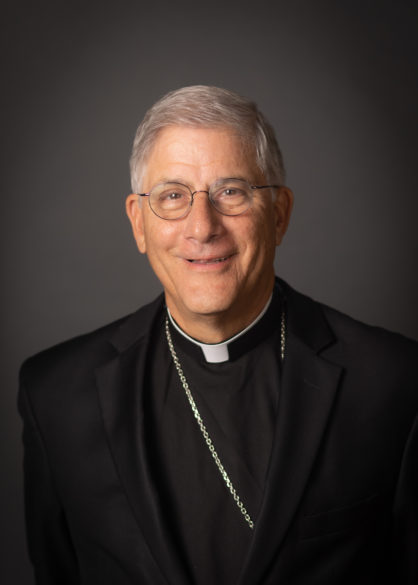
Es un momento de gran alegría para la Diócesis de Jackson, mientras celebramos la vida de esta religiosa cuya historia es un viaje de fe extraordinario. La hermana Thea es oficialmente una Sierva de Dios, la primera etapa para aquellos que son bendecidos para estar en el camino de la canonización en la Iglesia Católica. Esta es una subida empinada que sigue el camino angosto que la iglesia ha establecido para aquellos apartados como discípulos fieles que fueron extraordinarios en su caminar con el Señor durante su tiempo en esta tierra.
El Papa Francisco llama a esa constante abundancia de gracia en la vida de una persona o comunidad “momentos de desbordamiento” cuando la presencia de la providencia de Dios es palpable y el camino por delante se abre con caminos nuevos e inesperados. La oración de apertura en la Misa del pasado fin de semana expresa este deseo para todas nuestras vidas. “Señor Dios, abre nuestros corazones a tu gracia. Que vaya delante de nosotros y esté con nosotros para que siempre estemos atentos a hacer tu voluntad.”
La Hermana Thea tuvo muchos “momentos de desbordamiento” en su vida de 50 años y que ciertamente incluyen su ingreso a la Iglesia Católica a los nueve años, su decisión de formarse como Hermana Franciscana de la Adoración Perpetua en su adolescencia y su perseverancia en su batalla contra la tuberculosis, en formación temprana, pero eso no debilitó su determinación en la búsqueda de su vocación religiosa. Ella, temprano en la vida, “había hecho sus votos al Señor” y su “sí” la empoderó para celebrar y soportar todo lo que se cruzó en su camino, hasta que Dios la llamó a casa tal como una estrella fugaz. El documental celebra la abundancia de la gracia de Dios a lo largo de su vida.
Su voz resonará en las generaciones venideras de muchas y variadas formas. Era una erudita y educadora que exigía la excelencia de sus alumnos, jóvenes y mayores.Era una mujer carismática de alabanza que guiaba a las congregaciones a cantar su alegría al Señor. Tenía un amor profundo por la verdad y su voz profética ha sido escuchada y cobrará aún más fuerza con el tiempo. Amaba a la iglesia y su universalidad y nos desafiaba a ser genuinamente uno: santo, católico y apostólico.
La hermana Thea amaba de todo corazón a su pueblo y su cultura, pero no en contra de la universalidad y diversidad de la Iglesia Católica en nuestro país y el mundo. Ella defendió la dignidad de todos los hijos de Dios porque todos somos parte de la familia de Dios. Ella habría cantado, a pleno pulmón y sin piedad, el Salmo Responsorial del domingo pasado: “El Señor ha revelado a las naciones su poder salvador.”
En los próximos meses, desarrollaremos una guía de estudio para “Regresar a casa como una estrella fugaz” que arrojará más luz sobre la bendecida vida de la hermana Thea. Seguramente el Espíritu Santo abrirá nuestro corazón y nuestra mente a través de la oración, la conversación y la reflexión para seguir, más fielmente al Señor, nuestra llamada universal en el camino de la santidad. En su lápida está su lema: “Lo intenté.”
Que la Hermana Thea, Sierva de Dios, nos inspire, en la singularidad de nuestras vidas y nuestros tiempos, a intentar vivir de la abundante gracia de Dios.


